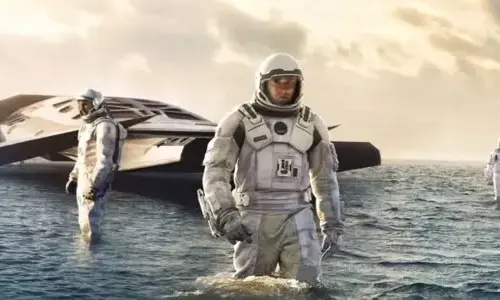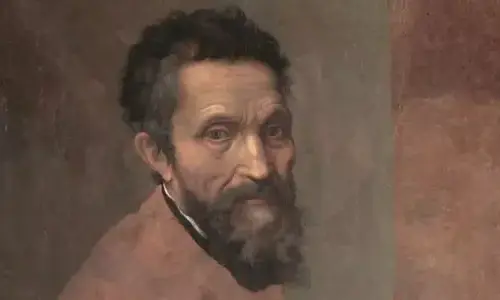14 great facts about Hubble space telescopes
Hubble space telescopes, or HST, have been at the forefurbish in exploring space from universe dating to identify distant planets and almost invisible and solar energy systems.
The telescope was responsible for a lot of ideas about Extra-Strest
Tracy K. Smith summarizes many emotions with telescope:
"
Here we will consider 14 the truth about this circle Beacon Discovery.
Since the spring of 2011, Hubble has traveled around 115,000 trips.
The hubble space telescope is extremely precisely correctly, it can lock a goal without moving over 7/1000 arcsecond (1 ° divided into 60 arminutes and each arcminute into 60 arcseconds) or less in terms of science,
Hst weighs 11 tons and measures long 13.2m, can weigh 11 polar bears and lie under 3 and half mini coopers.
Hst can observe the farthest galaxies ever seen but there are a few nearby objects, even it can't even look at, they include the sun (very bright it will damage its sensor) and water
Hubble is really just a huge digital camera complicated expensive, its tools capture the light of the universe with electronic detectors.
HST uses less capacity than its size and purpose, using about 2800 watts, only 1300 hair dryers on high temperatures, using 1500 watts.
The image of Hubble is sent back is black and white.
The launch of the Hubble show was delayed in 1986 after the shuttle challenge to fall into all the launches.
"
Hubble is quite rapid telescope, it happens worldwide 11 times faster than the maximum elevation speed of Eurofighter Typhoon (2495km / h), rushing in the past 28 000 km / h.
Hubble revealed about 13 to 14 billion years old, that's MU
Hubble has caught some
Edwin Powell Hubble, a very important astronomer and the HST man was named after, initially studied law at Oxford and practiced it in a year after promising his died father, although he was
Hubble captured the images of Exoplanets, a planet turning around a star outside the solar system, not easily because of the faint planets and very close to the bright stars.
Telescopes are nothing more than human evidence strives to learn about space, to go into each corner of the dark abyss, and every time we discover something new, it pushes them
Even with its initial failure, its cost skyrocketing and deviation deviations, it reasonably slightly negative is thrown in its way with images and information it has given us.
As with all objects, create or phenomena related to space, there are many things to learn and I call you to do so.
...
 52ºc, New York
52ºc, New York







